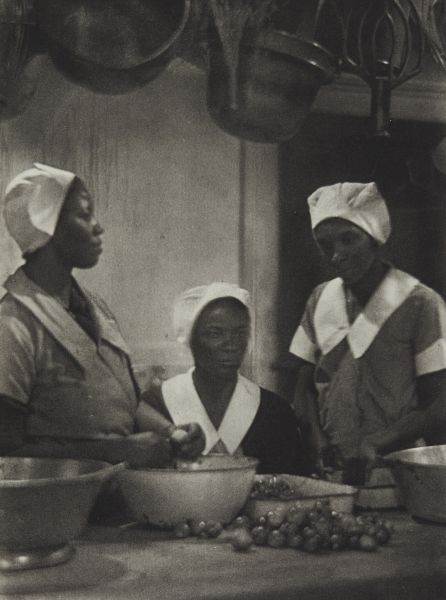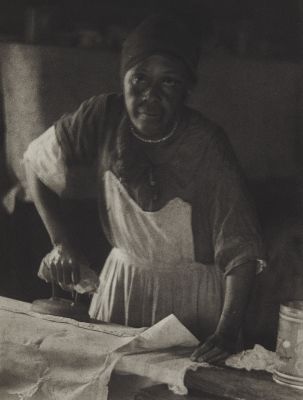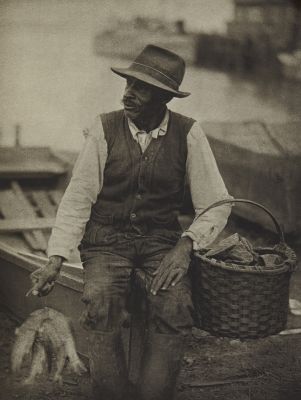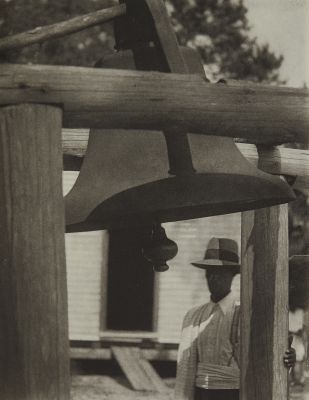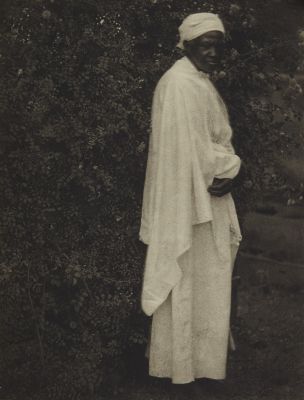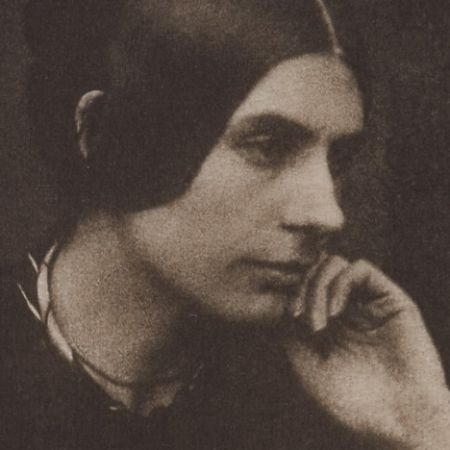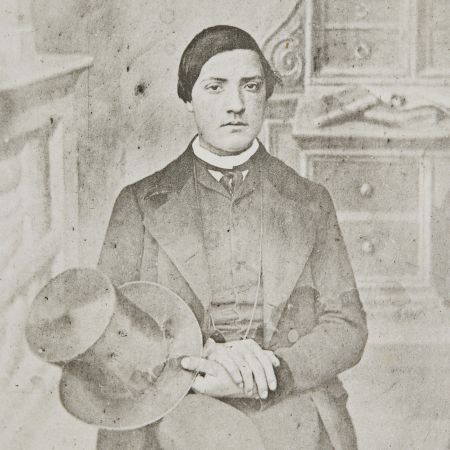Doris Ulmann’s Roll Jordan Roll
I am of course glad to have people interested in my pictures... but my great wish is that these human records shall serve some social purpose.
Beginning in 1929, Doris Ulmann, a graduate of the Clarence White School, undertook a project in the Gullah coastal region of South Carolina photographing former slaves and their descendants to illustrate Julia Peterkin’s Roll Jordan Roll. Reproduced as 90 lavish hand-pulled photogravures, Ulmann’s images and Peterkin's text generated a body of work critically acclaimed as one of the first art books to portray African Americans as people rather than stereotypes and one of the finest, most renowned photogravure-illustrated books of the twentieth century. In Ulmann’s photographs, there is an atmosphere of love that seems to envelop her subjects. Her attitude toward people was reflected in her delicate use of natural light and the soft-focus lens. She was inspired by the simplicity of the Gullahs’ lifestyle—their inner strength, in the midst of enormous difficulties, touched her deeply spiritual nature (William Clift).
Ulmann’s sympathetic, soft-focus style recalls early pictorialist influences, and yet in Roll Jordan Roll she reveals a modernist aesthetic investing her subjects with verisimilitude and life. Unlike Edward Curtis—whose use of the photogravure arguably romanticized Native American Indians and trivialized American cultural heritage for financial gain—Ulmann’s choice of image and medium produced “nothing forced or fantastic or affected in her work… Her work is plain, straightforward, sympathetic and wholesome” (Warren 1930, 142).
Ulmann’s photographs have historically evaded categorization and Roll Jordan Roll is no exception—the work straddles a line between the pictorialist print aesthetic and the modernist compositional concerns, including a priority of form, sharp tonal contrast, quality of line, and unmanipulated prints. Over the twenty years of her production, Ulmann’s work evolved from exhibiting typical features of pictorialism to a modernist compositional aesthetic, yet her continued use of photogravure in Roll Jordan Roll places her as a non-conformist holdout or visionary when it comes to the “perceptual experience mediated by technologies of light, vision, and reproduction” (Lewis 2012).We are grateful to have a beautiful volume of Roll Jordan Roll in our collection complete with the original slipcase and signed stand-alone photogravure.
References
(1997) “Roll, Jordan, Roll and the Gullah photographs of Doris Ulmann.” History of Photography 21:4, 294-302.
Lewis, Jacob W. Charles Negre in Pursuit of the Photographic. 2012. Print. Lambrechts, Eric, and Luc Salu. Photography and Literature: An International Bibliography of Monographs. London: Mansell, 1992. Print.
Ulmann, Doris, and Robert Coles. The Darkness and the Light: Photographs. Millerton, N.Y: Aperture, 1974.
